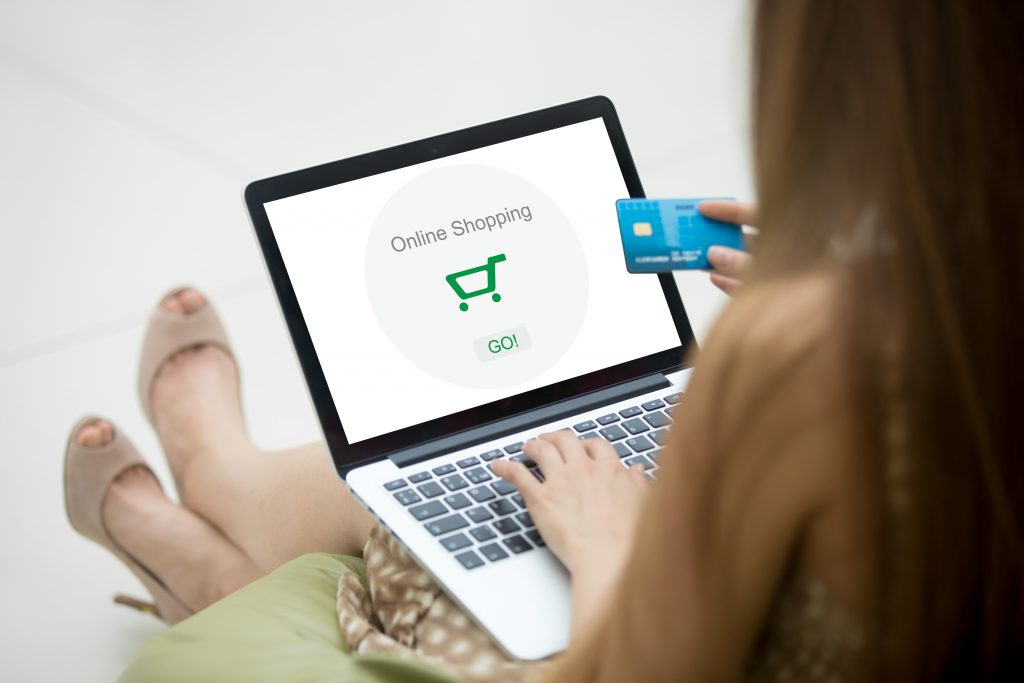Seeking Alpha has an interesting story today that recaps why most consumers are not suffering despite dismal unemployment, business disruptions, and lockdowns. The story categorizes ten activities which continue to soften the economic blow, though the long term horizon may not be so pretty.
- Paycheck Protection Program, first funded in April 2020, which ran out and required re-funding in the following month. Those funds will probably deplete by July.
- Above-average unemployment benefits, where $600 kickers were added by the federal government
- Loan deferrals, encouraged by the Federal Reserve and other governing bodies
- Stimulus checks, typically ranging from $1,200 to $2,400.
- Low Fuel Costs, though not many places to go during a lockdown
- Decreased interest rates, a limited benefit when lenders tighten standards
- Reopening fever, as businesses begin to revitalize
- Lower driving costs, with rebates from insurers and reduced maintenance costs
But, Standard and Poors suggest a different spin. In an article titled “Bank Credit Performance in Limbo as Massive Experiment in Forbearance Unspools,” the report indicates that these changes may modify the muscle memory that comes with bill payment. Sure many people struggle with their bills, but when getting a delay is so easy, what happens the next time around? Similarly, if you offer unemployment benefits of up to $900 per week (with the federal subsidy), why go back to work flipping hamburgers?
- U.S. bank disclosures about loan payment deferrals have quickly turned from unequivocally frightening to somewhat comforting in that they are not as bad as they might have been.
- But as with recent employment figures, the end game remains unclear. The process of bringing back workers could be derailed by new surges in COVID-19 infections. Meanwhile, more borrowers may need to skip payments if federal cash infusions run out without another relief package. The extent of the damage will depend on how many borrowers are just temporarily out of work because of the pandemic, and how many face long-term unemployment.
- Ultimately, analysts and lenders expect that many customers will recover with the help of forbearance. Forbearance measures are traditionally deployed in situations like natural disasters to give borrowers relief from temporary distress, and range from payment holidays to fee waivers and, in the case of commercial borrowers, financial performance covenants.
- But other borrowers will not make it, and could take banks down with them, experts said. That could mean banks are forced to sell to more influential institutions, or worse.
S&P lists top banks and the proportion of those with modified loans. In the $50 billion+ asset range, the low is SVB Financial Group (aka Silicon Valley National Bank) of .6% to almost 20% for Signature Bank, a New York lender.
The challenge is not right now, as many countermeasures are in place. The trick is to get through 3Q and 4Q20 when programs run out. And even more so, to define a credit card model that is profitable, reliable, and serviceable.
Overview by Brian Riley, Director, Credit Advisory Service at Mercator Advisory Group

